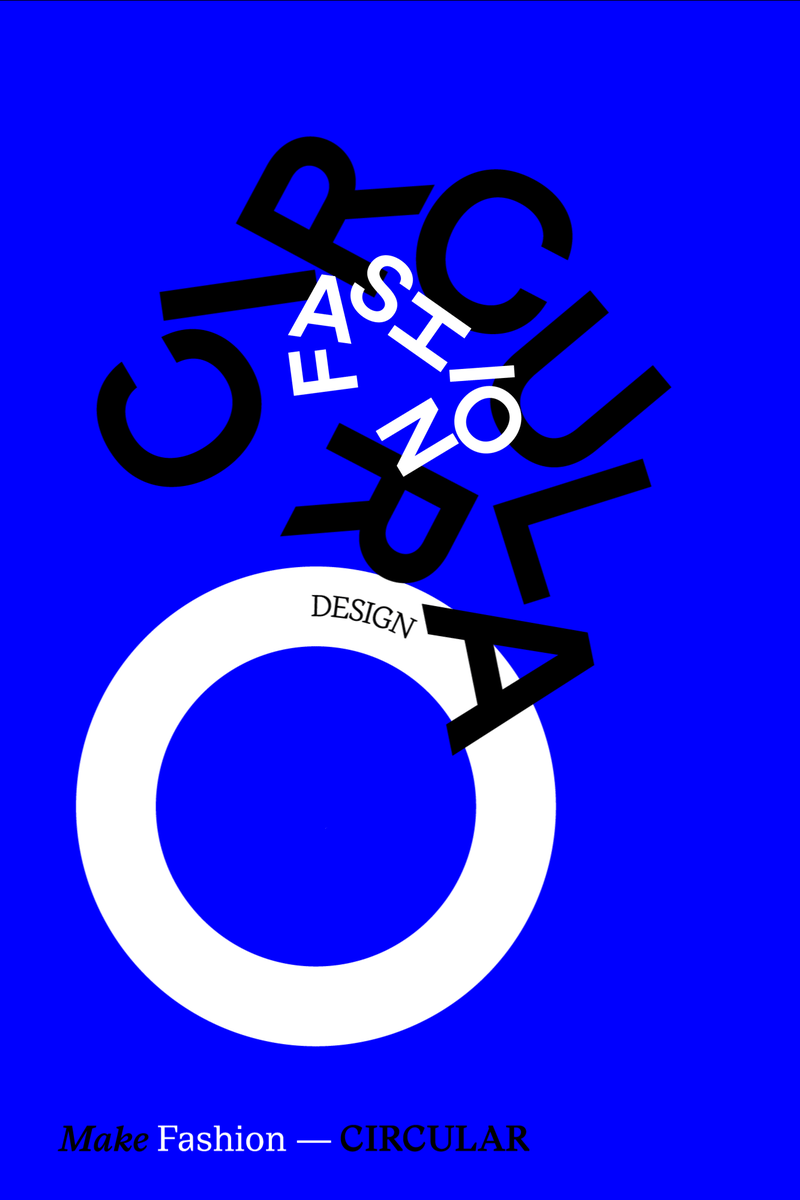— What are the most significant jigsaw pieces currently missing, which could help the fashion industry restructure their processes in a healthier way?
“In the current fashion debates, there is one topic that everyone seems to agree on: the importance to move from today’s linear system of “take, make, dispose” to a circular economy. And I couldn’t agree more - fashion items are produced from precious, finite resources, they take a toll on the land, and water is becoming increasingly scarce, whilst at the same time, the world’s population is growing rapidly. We can’t continue using up valuable resources in order to produce inferior products that quickly turn into harmful waste.
In order to create a circular fashion system, we need to design materials, products and processes with sustainability and the product life-cycle in mind, and build a new circular infrastructure that generates additional user cycles through repair and resale services and enables recycling to prevent waste.
Nonetheless, overproduction and overconsumption remain the elephant in the room. I think that the 'Anti-Fashion Manifesto' that fashion trend-forecaster Li Edelkoort published in 2015 was an important wake-up call for the industry. There is a danger that fashion, that becomes no more than a disposable product, loses its cultural relevance and its humanism.”
In order to create a circular fashion system, we need to design materials, products and processes with sustainability and the product life-cycle in mind, and build a new circular infrastructure that generates additional user cycles through repair and resale services and enables recycling to prevent waste.
Nonetheless, overproduction and overconsumption remain the elephant in the room. I think that the 'Anti-Fashion Manifesto' that fashion trend-forecaster Li Edelkoort published in 2015 was an important wake-up call for the industry. There is a danger that fashion, that becomes no more than a disposable product, loses its cultural relevance and its humanism.”
